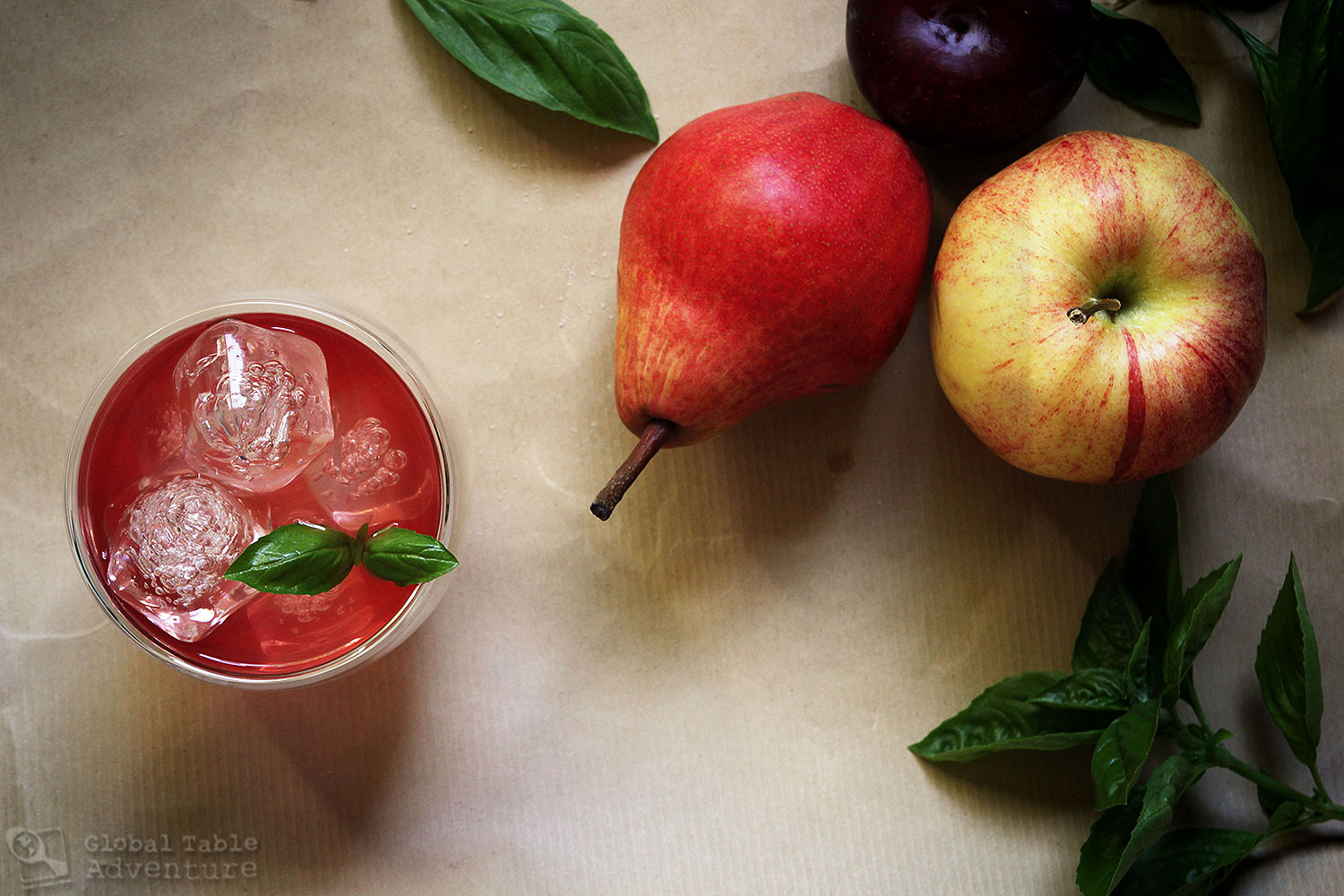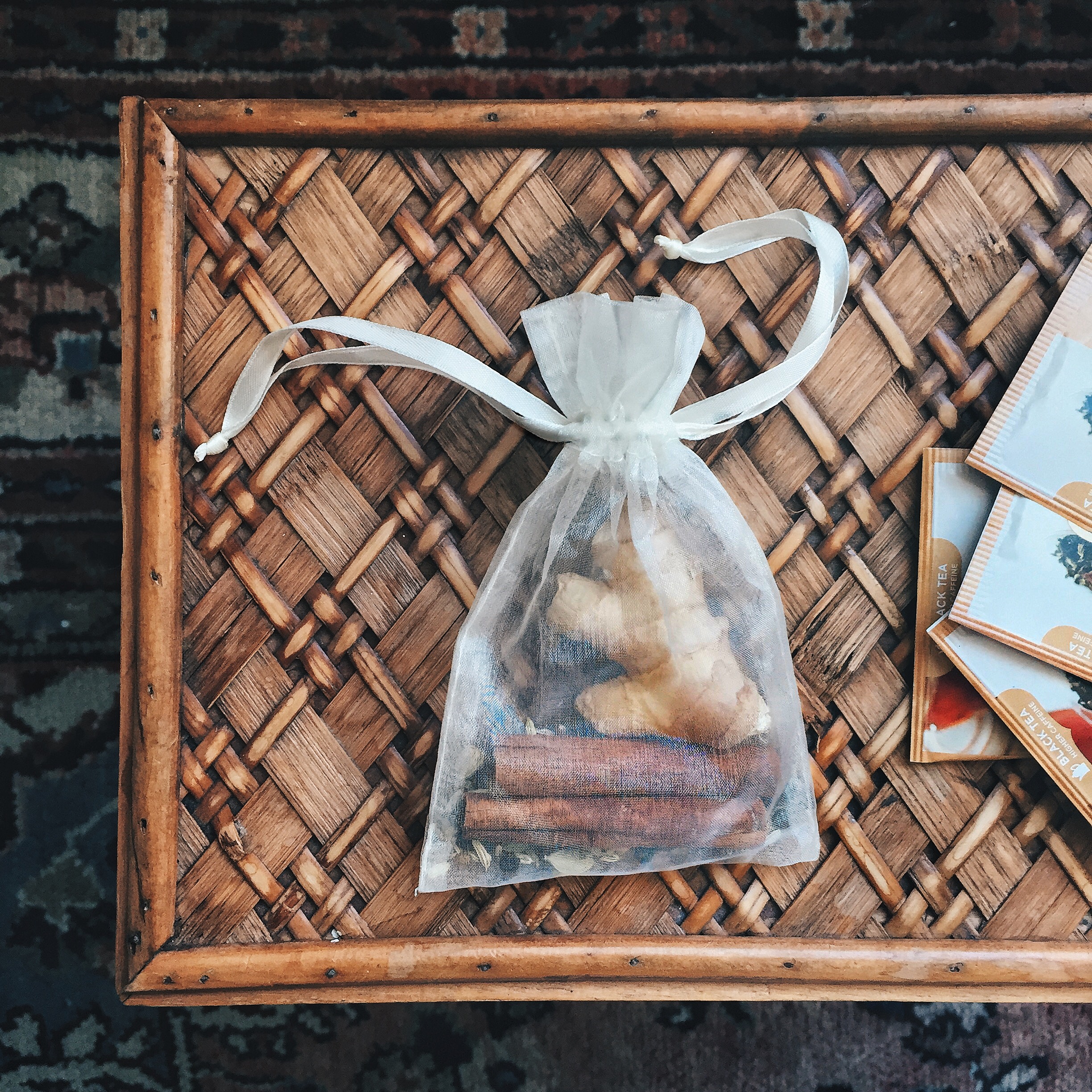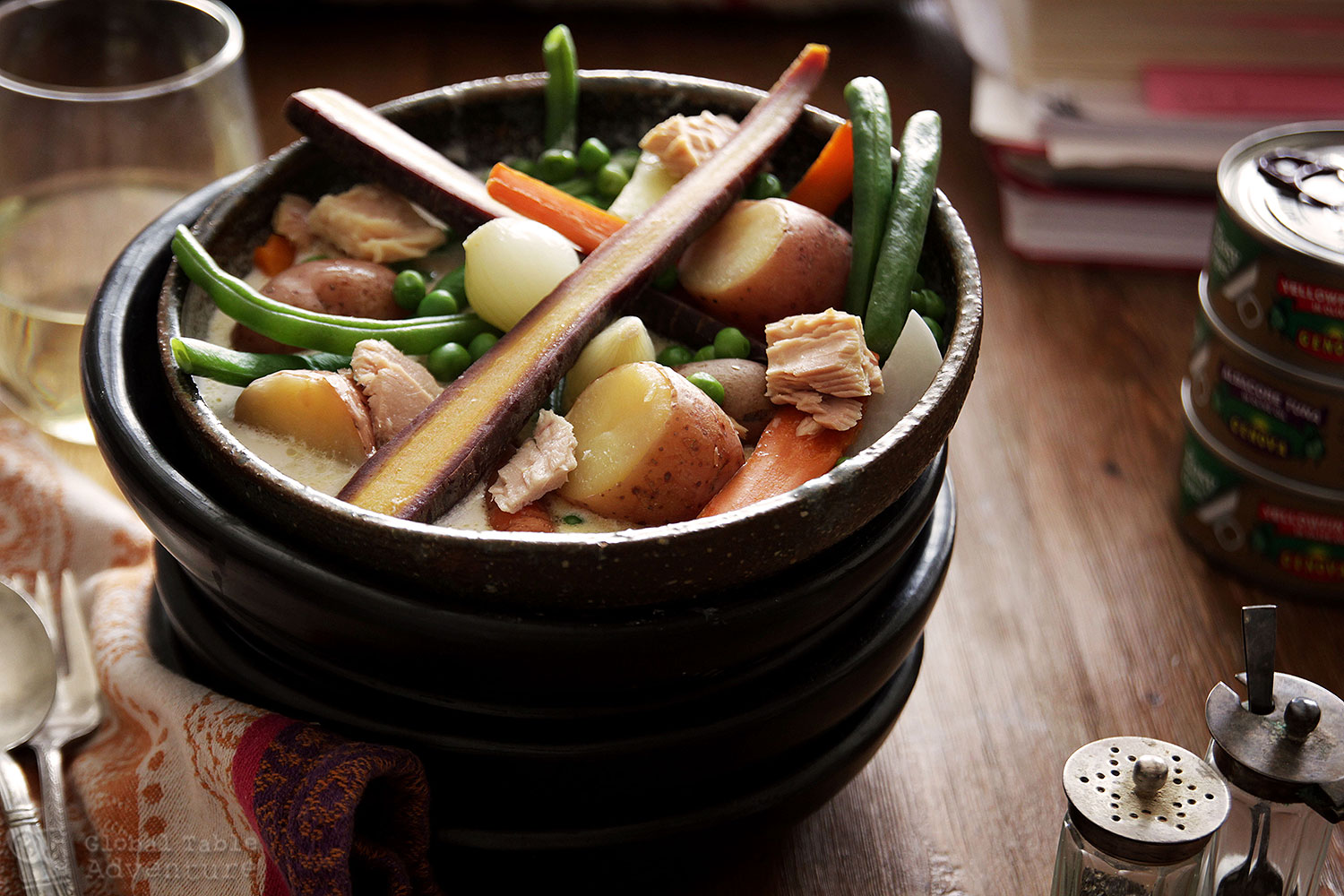
I’ve been rolling memories of this blog around in my head, like a loose tooth. I reminisce late at night, when I can’t sleep. Ironically, this is how our adventure began more than seven years ago: Restless, at midnight. I’ll always remember waking Keith in the middle of that brittle February night to tell him I wanted to cook every country. And – love him – he agreed. More than a place to store recipes from every country, this web site has since become our family’s digital home. Photos in nearly every recipe reveal our changing lives. A baby girl transforming into a young woman; my black hair turning more salt than pepper, then black again; my husband and I, married the better part of a decade. Time passes, time passes, time passes. And still time passes. When this all began, I was a novice cook, writer, and photographer. Over the years I grew my culinary chops, learned to spin a phrase, grew adept at taking photos, and made friends along the way. Global Table Adventure became a sandbox …
Read More
We all have them. Those lovely people that fall in the gift-giving grey area. You’d like to give them a gift, but you don’t want to overwhelm them. A sweet token is all it takes. Instead of the typical cookies or cakes, this year try gifting something global: Homemade Spiced Chai Mix. I first shared how to make these during my first-ever Pop-Up Bookclub on Facebook LIVE (watch the recording to see me assemble them). The mix goes as well on a doorknob as they would in a stocking. AND they barely take 3 minutes to assemble. How to make your own Homemade Spiced Chai Mix 1. Into the cutest gift bag you can find, add: 10 cardamom pods, lightly cracked 10 black peppercorns 1 teaspoon fennel seeds 2 cinnamon sticks 1 large knuckle fresh ginger 2. Place the bag of spices in a box or larger bag with 6 black tea bags. 3. Include the instruction tags (Just use this easy Chai Mix Gift Tags PDF to download & print the instruction tags). I glued them to the inside flap of …
Read More
I’m hosting my first-ever Pop-Up Book Club on Facebook Live on Monday, December 19th at 8 pm EST (7 pm CST). We’ll be talking about my memoir Life from Scratch: A Memoir of Food, Family and Forgiveness. Ok, so going “live” feels a little scary. But I also think it’s going to be mad fun. Here’s the deal: I want to connect with you in a deeper way. I’ve loved, loved, loved attending local book clubs. I go to people’s homes. We share food and wine. People cry. People laugh. I cry. I laugh. I try to answer questions. We make friends. Facebook Live is the best way I can think of to bring this experience home to you. You can tune in from your couch, your bed, your kitchen – wherever you’re comfortable. During our live chat, I will answer your questions about my memoir and show you a few items I used during my adventure to cook the world. I’ll also have a quick stocking stuffer idea using items you probably already have in your …
Read More
Sometimes I think I chase this thing called peace because I can’t bear the thought of looking the ugly truth in the eye. And the ugly truth is that peace will always be right behind some monster, some affront to everything we hold dear. As we march forward in peace and love, there will be hard days. The odds will often be against us. We find happiness for a while, then something terrible happens. We try to keep our eyes on peace, but the monster blocks our view. It remains just out of reach. The wheel of fortune – she spins, she spins, she spins. We stumble, we climb, we stumble, we climb. And so it goes. So, then why am I here? Why even try? What can I offer? A companion on the road, I suppose. Someone who says, let’s keep going, one step at a time. Shoulder to shoulder, the journey is easier. And what journey can continue without food? This much I know: We break bread with each other because every movement, …
Read More
It arrived one summer day in a nondescript, brown paper package reinforced with bubble wrap. We were on our way to the pool, I in my flip flops, she in her hat. “Keith,” I squealed (because squealing is still a thing that happens when joy doesn’t quite fit inside our hearts, the way it normally does), “Come quick.” Ava gave a little leap in response to my outburst, catching my energy in the way that kids do. Keith ran to us, his face a mix of fear – was something wrong? Was Ava hurt? But he read between the lines, between my big eyes and gaping mouth. He saw my laugh. This was good. This was very good. There, in my hands, was the Bulgarian edition of Life from Scratch: A Memoir of Food, Family, and Forgiveness. Many books never make a second printing, let alone a foreign translation. My toes began, very much on their own, to wiggle in gratitude. Lost in Translation The Bulgarian edition was put together by the lovely folks at Egmont Bulgaria, and …
Read More

Today, we enjoy an autumn fruit punch from the heart of Uzbekistan’s Kyzyl Kum desert, shared with me by Paul Salopek, National Geographic fellow and journalist. The chilled punch quenches with ripe pear, apple, and plum, while a sprig of basil lends the memory of summer. An opportunity for our children At my grocery store, punch typically comes in a bottle or, more commonly, a box with a straw. At seven-years old, Ava has never considered what “punch” is, or how it might be made. This a good opportunity to remind our children that fruit punch is made from soft, sweet fruit – a seasonal thing, reliant on agreeable weather and the absence of pests. Punch came before refrigerators and standardization, each batch unlike the next, tasting only ‘of the moment.’ Once young children “get” the concept behind punch, they may begin to taste the individual fruits (or at least show interest in trying). Let them play with the recipe, and encourage them to invent their own favorite punch. After all, it’s as simple as stewing hunks of …
Read More
Nova Scotia’s Hodge Podge is a homey one-pot supper of fresh potatoes, carrots, peas and green beans. What takes it over the top? The addition of heavy cream and butter, along with a few pearl onions for mild sweetness. A gardener’s delight While there are different ways to go about making Hodge Podge, one thing is for certain: it’s best made straight from the garden, when vegetables are fresh and abundant, just as in the eastern Canadian province that lends its name to this dish. Fresh is fresh. In my research I discovered locals prepare Hodge Podge with baby potatoes just 50-60 days in the ground and the gangling carrots pulled to thin the garden bed. This is a foreign concept to someone who doesn’t grow their own vegetables, but it makes sense in verdant Nova Scotia. When a garden does well, it can produce so much food, it has to be used up throughout the growing season, not just in a final harvest. Farm life is common in the province, as are farmer’s markets – …
Read More

What we put on our tables tells a mighty important story. In my time so far as a Research Fellow at University of Tulsa, I’ve come to appreciate globalization of our food on an entirely new level. Everything is connected – seeds, weather, harvests, shipping, pricing, grocery store availability, history, cooking, healthy digestion. If there is turmoil in just one part of this system? Everything falls out of whack. Fluctuations in the price of bread have brought about revolt. Even Mr. Death, himself, reflects the importance of the system; he carries a scythe – tool of the harvest. He is the reaper. If we are ever to realize peace, it must be from field to stomach. Our food tells a story, heartbreaking at times. Embroidered in 1929 on the sack above: My great-grandmother Rose, mother of Ashley, gave her daughter this sack when she was sold at 9 in South Carolina. It held a tattered dress, three handfuls of pecans, a braid of Rose’s hair. Told her ‘It is filled with my love always.’ They never saw each other again. …
Read More

My daughter loves science and mermaids; when she couldn’t decide on a birthday theme, we agreed on an epic sci-fi mashup of mermaids, science, and geography. Mermaid goals A pool party seemed inevitable when Ava wrote in her writing journal that her “greatest aspiration” was to become a mermaid. My goals were similar at 7 years old. Many nights I’d dream I was a mermaid, sunning on a rock, only to wake up abruptly whenever I splashed into the ocean, finding that I’d thrown myself off the bed and, instead of landing in a coral palace, I face-planted onto the hardwood floors. Not all mermaids have red hair I really wanted Ava to think beyond the stock image of “Ariel,” so we spent some time this spring learning about merfolk around the world. We began our study with the Zambian mermaid Chitapo, followed by the Selkie of Scotland (and a few other neighboring countries) – their stories are here and here on the blog, along with recipes to match. As she learned about these amazing merfolk …
Read More
This is my cat, Malky. Sitting on my homework. Moments later, after some gentle kneading, he fell fast asleep, fuzz down on “The Language of Food,” by Dan Jurafsky. I debated the merits of waking him. But instead I’ve decided to use his catnap to tell you about my latest adventure. A Fellowship of Food I am proud (and honored) to announce that this week starts my journey as a 2016-2017 Research Fellow at the The University of Tulsa through the Oklahoma Center for the Humanities. That’s right – Ava isn’t the only one going back to school this fall! The powers that be at TU dubbed this year’s fellowship The Year of Food. Every Tuesday myself and 8 other fellows will gather together to discuss our research. Each of us will have a unique perspective: some will look into food law, others food history or geography, still others food art. It’s going to be delicious for the belly and the mind. The Peaceful Table My research will focus on Expressions of Peace & War at …
Read More

The Olympics celebrate the human form: bodies that move – blood pumping through veins, muscles twitching, brains firing. A place where gravity seems to be as awestruck as the rest of us. Even as newscasters contextualize the athletes by their nations of origin, the games are a rare chorus in an often discordant world, its very premise a celebration of effort and victory over the latest political skirmish. John Williams, theme composer for four Olympic games, quite possibly said it best: The Olympics are a wonderful metaphor for world cooperation, the kind of international competition that’s wholesome and healthy, an interplay between countries that represents the best in all of us. The food of Victory As I watch the players struggle and triumph, I can’t help but consider the food that makes those heroic bodies move. Despite some athletes endorsing frosted cereals and golden arches, I know the truth about good nutrition is far more complex. Back when I used to lift weights (another, bizarro lifetime ago), there was a lot of oatmeal, fresh fruit, eggs, and …
Read More

These golden morsels are inspired by a place where giant fairy chimneys rise above yellow brick roads, leading travelers past a network of underground cities. It sounds like fantasy. But this surreal scene lives – as real as you and me – in Cappadocia, Turkey. What are Fairy Chimneys? The fairy chimneys of Turkey (Peri Bajası) are geological remnants created by volcanic debris. These colossal outcrops can be as tall as the Christ the Redeemer statue in Brazil and almost as tall as the Statue of Liberty on the eastern US coastline. But unlike those human made structures, fairy chimneys were sculpted over millions of years by rain and wind, in the end weathering the elements better than the dinosaurs. This not to say humans never set chisel to chimney; over the last millennia humans carved into the fairy chimneys to create secure homes and places to worship. These weren’t basic dugouts – many of the cave dwellings are connected with a network of tunnels and vent shafts, and decorated with mosaic floors and frescoes. The underground …
Read More













